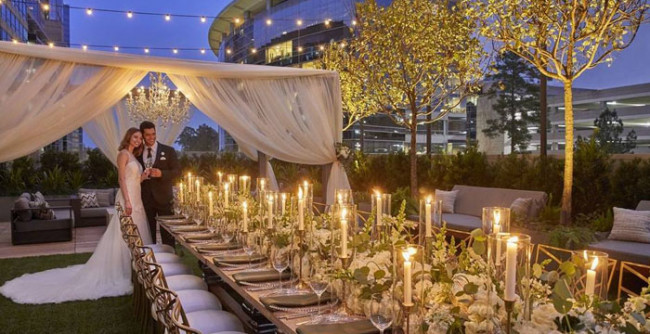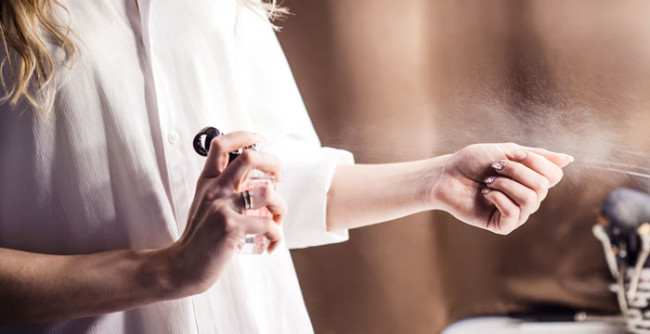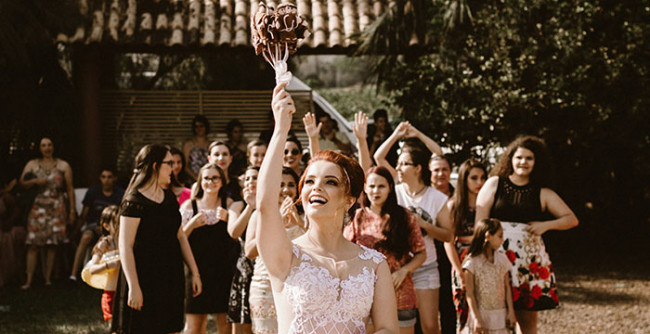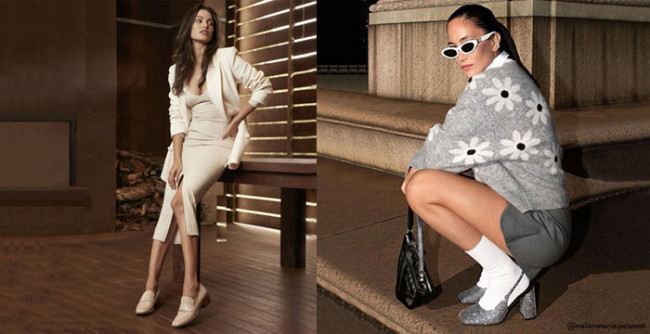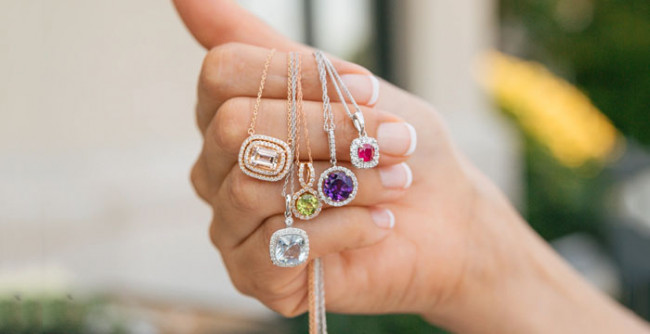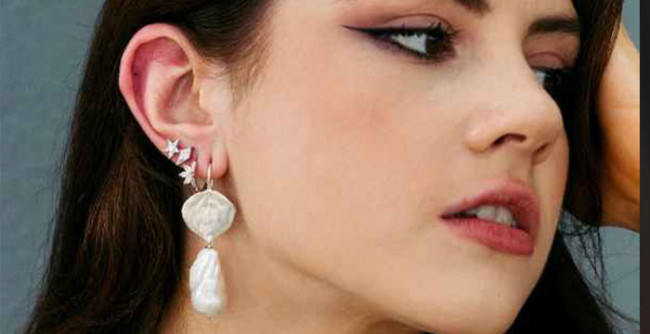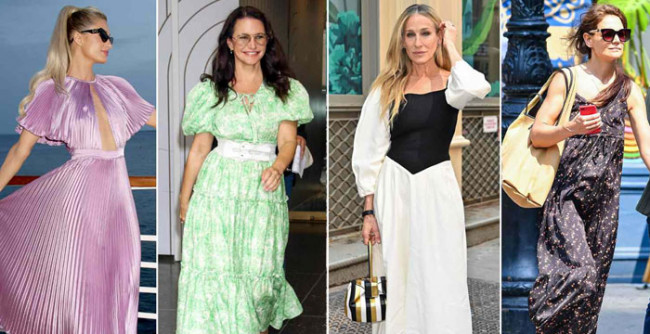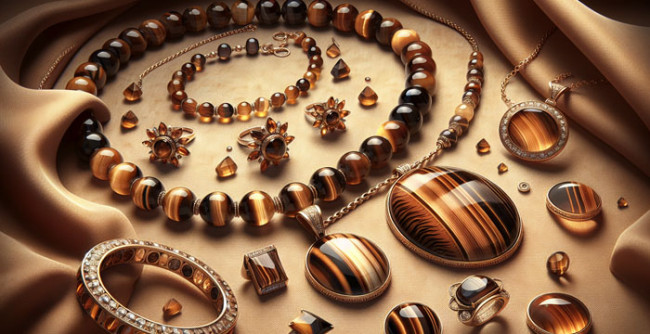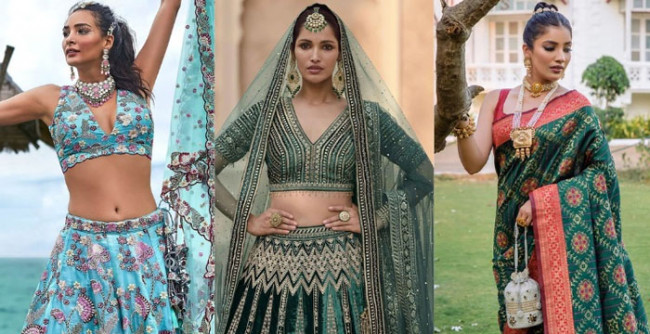Table of Content
- Unveiling the Timeless Beauty of Japanese Kimono
- Elegance Within The Different Layers of a Women's Kimono
- Intricate Design of Japanese Kimono Female
- Types of Japanese kimonos Female for Various Occasions
- Furisode
- Tomesode
- Houmongi
- Komon
- Japanese Yukata
- Uchikake
- Mofuku
- The Japanese Kimono - A Flourishing Blend of Tradition and Modernity
Introducing the alluring world of Japanese kimono for Women, where enduring gracefulness and artistic heritage intertwine. Step into the specialty of elaborate designs, representative designs, and the art of dressing, as we embark on a journey through the fascinating glamour of traditional Japanese attire. The Japanese kimonos female consist of colorful constituents, including the nagajuban, Eri- shin, Obi, Obi- ita, Obi- makura, Obijime, Obiage, and the ultimate layer, the kimono itself. Each layer contributes to the generic gracefulness and symbolism of this traditional attire. On the other hand, mens Japanese kimonos are also available for the men who are interested in wearing the Japanese traditional clothes. Japan traditional dress is available for both men & women to enjoy a Japanese traditional attire.

Unveiling the Timeless Beauty of Japanese Kimono
Explore the rich artistic heritage and exquisite artificer of the Japan traditional dress that has fascinated hearts worldwide. From its origins in ancient Japan to its intricate design and emblematic patterns, the Japanese women kimonos from japaneseonimasks.com are a testament to the enduring glamour of Japanese traditional attire.
Are you fascinated by the grace and appeal of the Japanese traditional clothes? If so, the Japanese kimonos female is a garment that captivates hearts worldwide. In Japan, the Jaanese kimono holds a rich artistic heritage and represents an exquisite form of genius- expression. Let's dive into the world of kimono dress Japane and explore the history, symbolism, and enduring charm of this iconic Japanese traditional attire.
Elegance Within The Different Layers of a Women's Kimono
When exploring the world of Japanese kimonos female, it's essential to understand the distinct layers that contribute to their exquisite charm. Let's unravel the beauty of each sub-caste.
● Kimono: The remotest subcaste, the Kimono, is the focal point of these Japanese traditional clothes. It comes in colorful styles, lengths, and patterns, offering a wide range of choices for different occasions. The Japanese kimono's design frequently reflects the wear and tear's particular taste and the artistic symbolism associated with specific motifs and patterns.
● Nagajuban: The Nagajuban is worn as the primary subcaste beneath the jumper. It acts as a base, providing a smooth face for the Japanese kimono to drape over, adding modesty to the ensemble.
● Eri- shin: The Eri- shin is a divisible collar worn on top of the nagajuban. It not only provides an ornamental touch but also helps cover the collar area of the nagajuban from sweat and dirt, ensuring its continuance. It’s necessary to be worn with Japane traditional dress.
● Obi: The Obi is a wide belt that's wrapped around the midsection and tied in an elaborate knot at the reverse. It secures and accentuates the Japanese kimono, adding a focal point to the rigging. Obi comes in colorful styles, colors, and patterns, allowing for customization and particular expression.
● Obi- ita: The Obi-ita is a stiff board that's placed inside the obi to give support and shape. It helps maintain the obi's structure and prevents it from sagging or losing its form. This helps to wera the Japanese Kimono the traditional way.
● Obi- makura: The Obi- makura is an accessory that's placed at the center of the back when tying the obi. It provides height and stability, creating an elegant and balanced contour. Without this layer, you can’t get the traditional look of Japanese kimono.
● Obijime: The Obijime is an ornamental cord that's wrapped around the obi, securing and enhancing its appearance. It adds a pop of color and texture to the ensemble, serving as both a functional and aesthetic element for wearing the Japanese traditional clothes i.e. Kimono dess Japan.
● Obiage: The Obiage is a scarf like accessory that's worn over the obijime, covering the knot of the obi. It adds a redundant layer of fineness and can be tied in colorful ways, allowing for versatility and style. Without this layer, Japanese traditional clothes look incomplete.
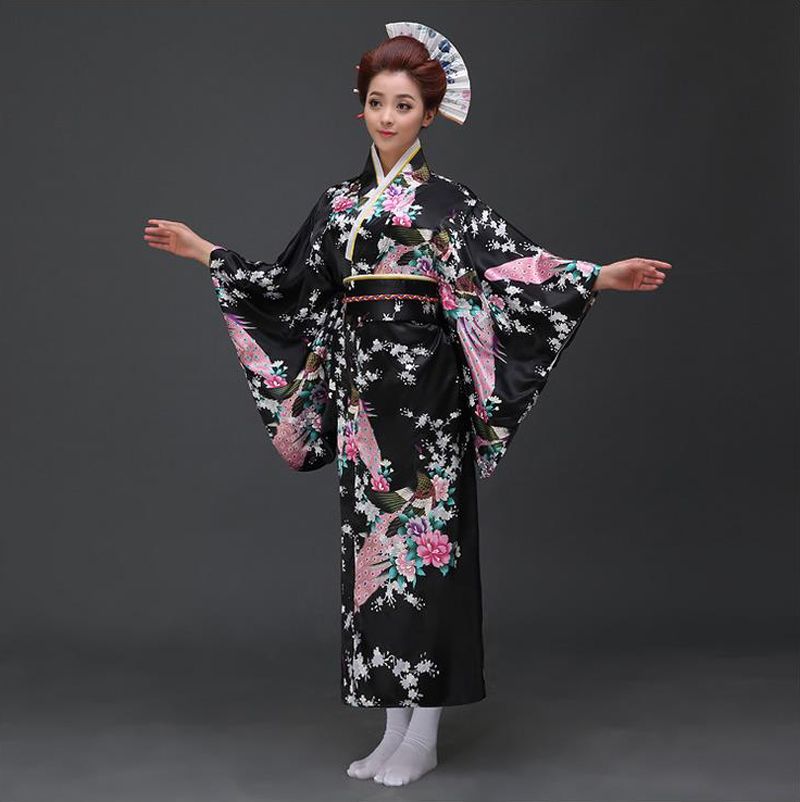
Each Layer of the Japanese kimono female ensemble contributes to the overall grace and beauty of this Japanese traditional attire. The combination of the nagajuban, juban, kimono, Eri- shin, Obi- ita, Obi- makura, Obijime, Obiage and obi creates a harmonious ensemble that celebrates the artfulness, culture, and timeless charm of the Japanese kimono. Each of these layers plays a pivotal role in enhancing the beauty and functionality of the Japan traditional dress, contributing to its overall aesthetic appeal and artistic significance.
Intricate Design of Japanese Kimono Female
Step into the world of Japanese oni masks and prepare to be amazed by its intricate details. Each Japanese kimono female is a masterpiece, strictly drafted using time-recognized techniques. From the selection of the fabric to the dyeing process and embroidery, every step reflects the art and fidelity of professed crafters. The motifs and patterns adorning a Japanese kimono frequently represent seasons, nature, or auspicious rudiments, advancing each piece a unique story.
Types of Japanese kimonos Female for Various Occasions
The Japanese kimono comes in different styles and is chosen based on the occasion. Some Japanese kimonos are worn only on special occasions, whereas others can be worn casually. Similarly, some Japanese kimonos female are for married women, whereas the others are for unmarried women. The selection of Japanese kimonos for women also depends upon the seasonal needs. Some Kimono dress Japan are for summer season whereas, some of them can be worn during winters as well. Let’s explore the different types of Japanese kimonos female together:
Furisode
This is a formal kimono frequently worn by unmarried women during special occasions like coming-of-age observances, but it can also be used as a formal kimono by unmarried guests attending marriage observances, formal parties, or other types of observances.
Step into a world of resplendent beauty with furisode, the epitome of grace and complication in Japanese women's kimono. It features vibrant colors, intricate patterns, and elaborate designs, making it a stirring choice for celebratory events. Known for its long, broad sleeves and lavish designs, furisode captures attention of all. This formal kimono, frequently worn by youthful unmarried women during important occasions, exudes an air of fineness and celebrates the sprightliness of youth and festivity. With every graceful movement, the furisode balls left an unforgettable print of enchantment and appeal.
Tomesode
Unveiling an air of refined fineness, tomesode is a symbol of grace and maturity in Japanese women's kimono. Its understated beauty and attention to detail make Tomesode a charming choice, showcasing dateless appeal and a deep appreciation for tradition.
This national dress of Japan is generally adorned by wedded women during special events and observances. It has shorter sleeves and more restrained designs compared to Furisode. Tomesode exudes a sense of quiet complication, featuring a single, prominent pattern at the bottom against a background of rich black silk.
Houmongi
Houmongi is a traditional Japanese kimono suitable for colorful occasions, from semi-formal events to social gatherings. It features a flowing pattern that extends from the shoulders to the hemline and can be customized according to particular preferences, making it a popular choice for numerous women.
This semi-formal kimono allows for individual expression, as wear and tear can choose patterns that reflect their unique style and personality. Whether attending social gatherings or special occasions, houmongi enchants observers with its delicate beauty, blending tradition and contemporary charm painlessly. Step into the world of houmongi and experience the alluring artistry that breathes life into this dateless Japane traditional dress.
Komon
Embrace the grace of komon and painlessly elevate your style with its dateless appeal. Adorned with a repeating pattern throughout the fabric, the Japanese kimono komon captures attention with its understated charm. Whether it's delicate florals, geometric shapes, or nature-inspired motifs, the designs on komon kimono exude a sense of refined beauty. Perfect for everyday wear and lower formal occasions, komon allows for particular expression while maintaining a sense of tradition.
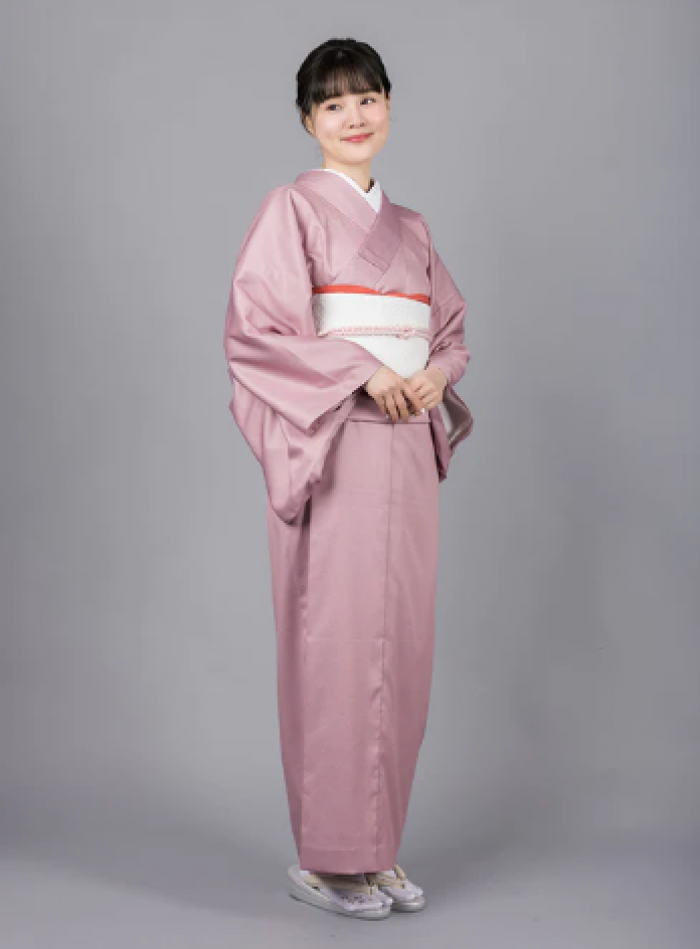
Japanese Yukata
A featherlight and casual summer kimono, Japanese yukata is generally worn during festivals, fireworks displays, and hot summer days. It's made of cotton or synthetic fabric, featuring bold and vibrant patterns. Japanese yukata is generally paired with a wide obi belt and is a favorite among both locals and tourists.
Uchikake
Uchikake is a large formal and ornate Japanese kimono female, traditionally worn by brides during wedding ceremonies. It's characterized by its heavy brocade fabric, vibrant colors, and lavish embroidery. Uchikake Japanese kimono is frequently considered a symbol of luxury and is truly a sight to behold.
Mofuku
Mofuku is a black mourning kimono worn by women during funerals and eras of mourning. It features restrained designs and is made of plain black silk. Mofuku reflects the solemnity and respect associated with mourning traditions in Japanese culture.
From the vibrant furisode to the protean houmongi and the casual elegance of yukata, each type of women's kimono has its own unique charm and purpose. Whether it's for formal events, everyday wear, or special occasions, the diversity of women's kimono ensures there is a perfect style to match every moment.
The Japanese Kimono - A Flourishing Blend of Tradition and Modernity
The Japanese kimono is a remarkable traditional Japanese attire that beautifully harmonises tradition and modernity. It serves as a testament to the enduring allure of traditional attire while embracing contemporary expressions of style. With its rich artistic heritage and intricate craftsmanship, the kimono has captivated hearts worldwide. While rooted in tradition, the kimono has also evolved to embrace modern sensibilities. It has become a versatile Japan traditional dress that caters to different occasions and personal preferences. From formal events to casual gatherings, there is a kimono style to suit every moment.
As the kimono continues to evolve, it maintains its essence and cultural significance. It represents a deep appreciation for tradition while embracing the ever-changing dynamics of modern fashion. In conclusion, the Japanese kimono stands as a flourishing blend of tradition and modernity, capturing the hearts of people worldwide. Its intricate designs, diverse styles, and ability to adapt to different occasions make it a truly remarkable Japanese traditional clothes. Whether worn for formal events, everyday wear, or special celebrations, the Japanese kimono embodies the grace, beauty, and cultural significance that continue to enchant generations.

